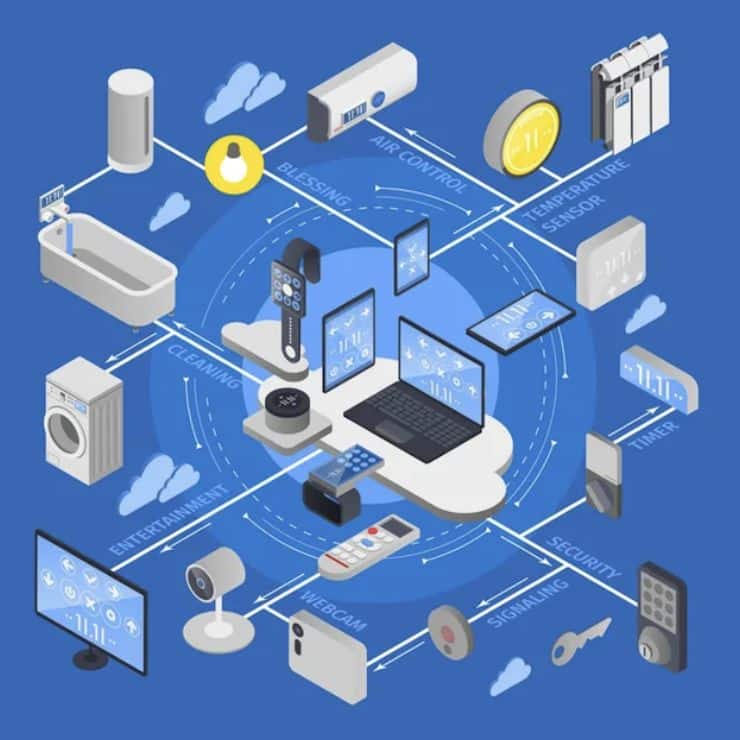Telematics as a concept has its beginning roots in the development of telecommunications and information technologies in the last decades of the 20th century. Early telematics systems were used to transmit data over long distances, just like they do today, but back in those days, telegraph and radio systems were used to transmit data.
The invention of the Global Positioning System (GPS) could be called the first major milestone in the history of telematics. GPS was launched by the U.S. military back in 1978. GPS enabled the precise location of objects to be determined using a network of satellites.
Naturally, the first data wasn’t as accurate as we get today, but it was enough to locate vehicles, persons, or other moving objects within a few meters of accuracy. By doing so, it paved the way for a wide range of applications in transportation, navigation, and other fields.
In the 1980s and 1990s, the growth of the internet and the development of wireless communications technologies, such as cellular networks and expanded satellite systems, allowed telematics to be used in a wide range of new fields.
In the 21st century, the rise of the internet allowed technology to enter in almost all of our houses. Connecting everyday items to the internet has brought us the Internet of Things (IoT) and has further fueled the development of telematics.
Most electronic devices that are connected to the internet these days are equipped with sensors and other technologies to collect and transmit some sort of data. Today, telematics is used in a wide range of fields, including transportation, healthcare, agriculture, and industrial automation.
Some examples of devices that might use these technologies include:
- Smart home devices: not only Alexa from Amazon or Google home, but also smart devices like thermostats, smart lighting, and smart security systems.
- Industrial equipment: Industrial equipment such as manufacturing machines and transportation equipment can use IoT and telematics to monitor performance and optimize operations.
- Agricultural equipment: Farming equipment such as tractors and combine harvesters can use IoT and telematics to monitor soil conditions, crop health, and other factors that can affect productivity.
- Commercial vehicles: Trucks, buses, and other commercial vehicles can use telematics as fleet management tools to track location, monitor fuel consumption, and optimize routes.
- Environmental monitoring systems: Environmental monitoring systems such as weather stations and air quality monitors can use IoT and telematics to transmit data to central servers for analysis and prediction.
The list is long, although this doesn’t mean that every device that you own, is tracking you. Not even every mobile device uses the IoT. Mobile devices such as smartphones and tablets can be connected to the IoT, but they are not necessarily a part of it. Some mobile devices may have IoT functionality built in, such as the ability to control smart home devices or to track and monitor data, but not all mobile devices have these capabilities.
Typically term IoT refers to a network of devices that are connected to the internet and can communicate with each other. These devices may include home appliances, security systems, vehicles, and industrial equipment, among others.





